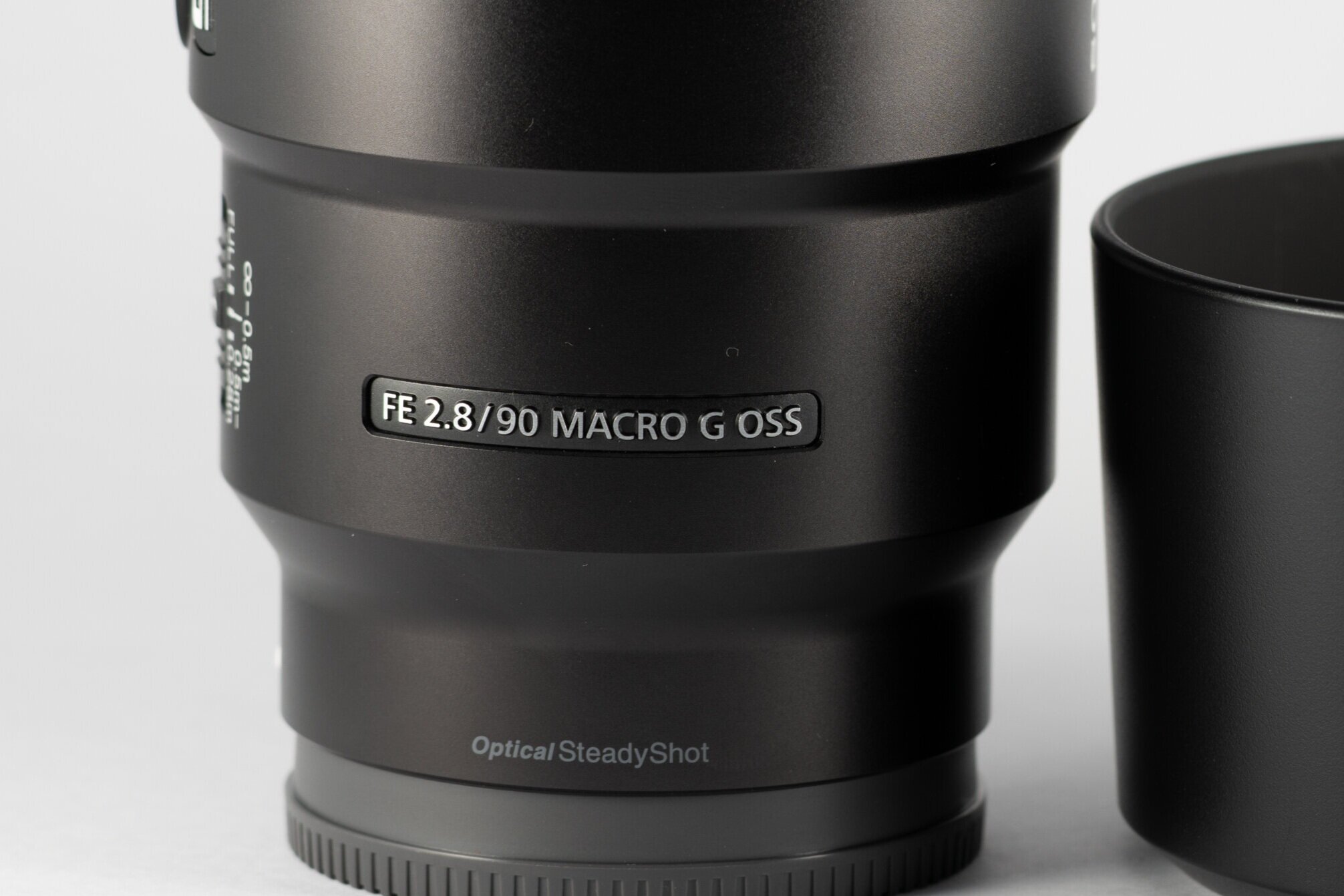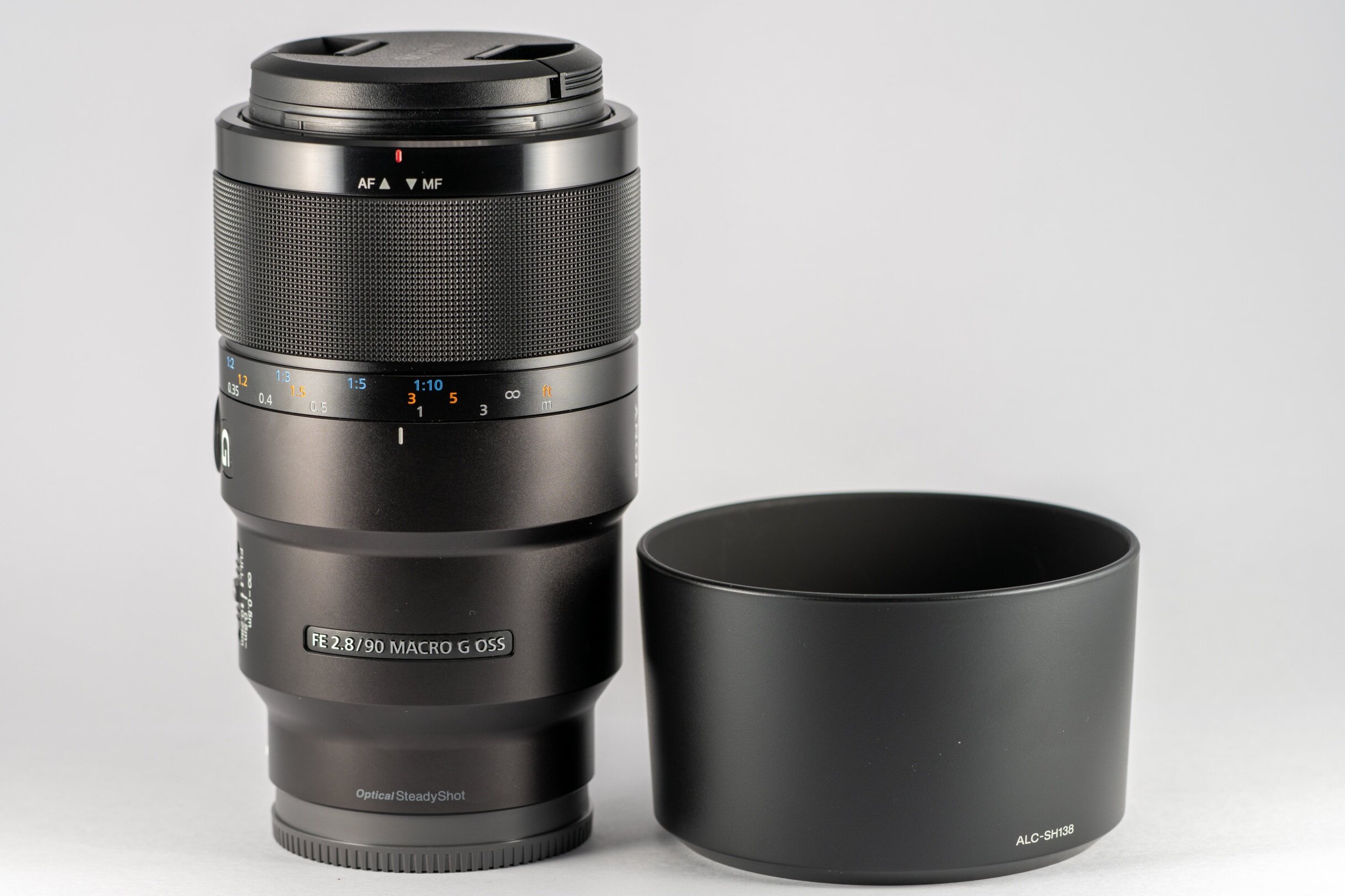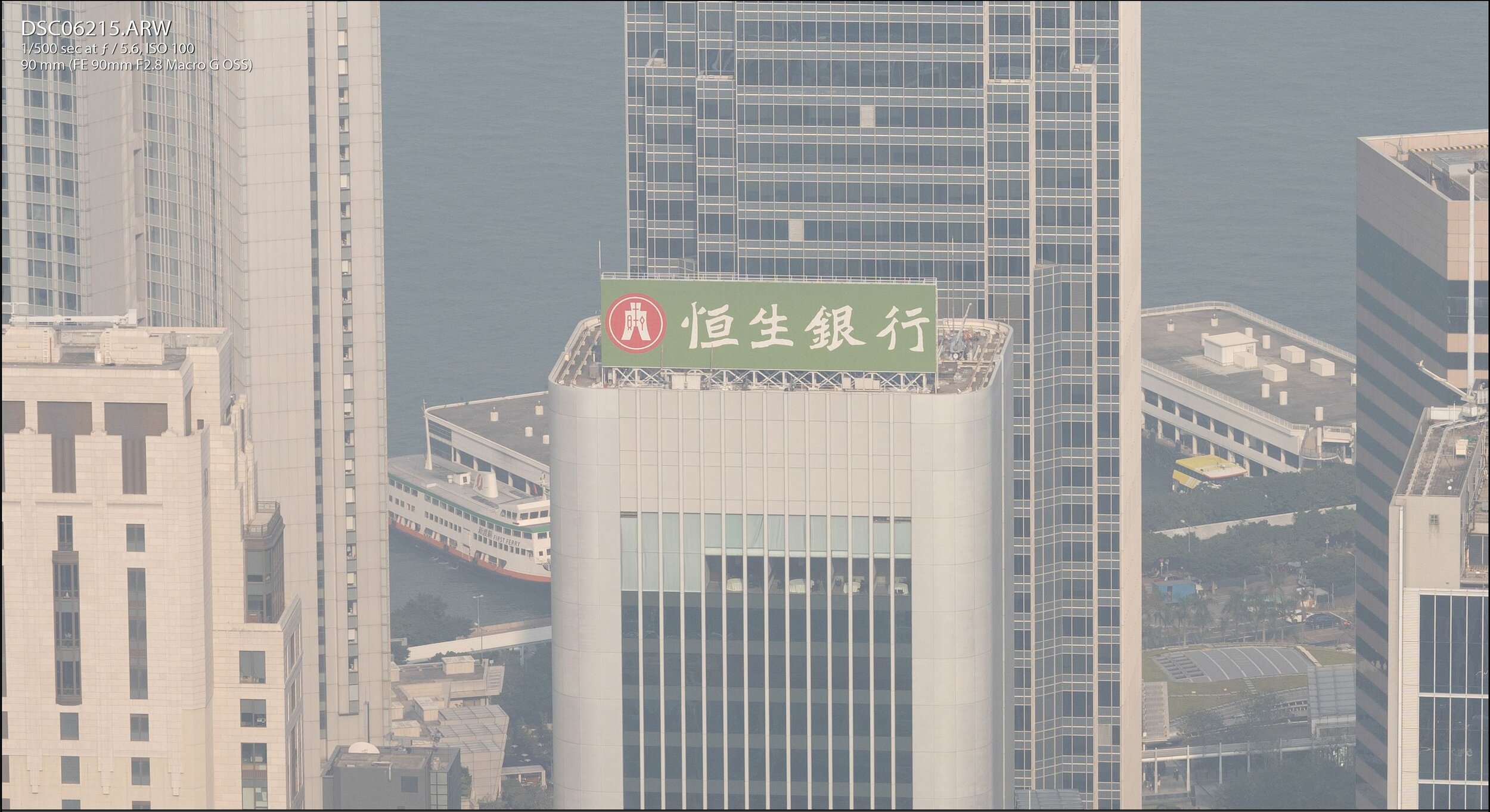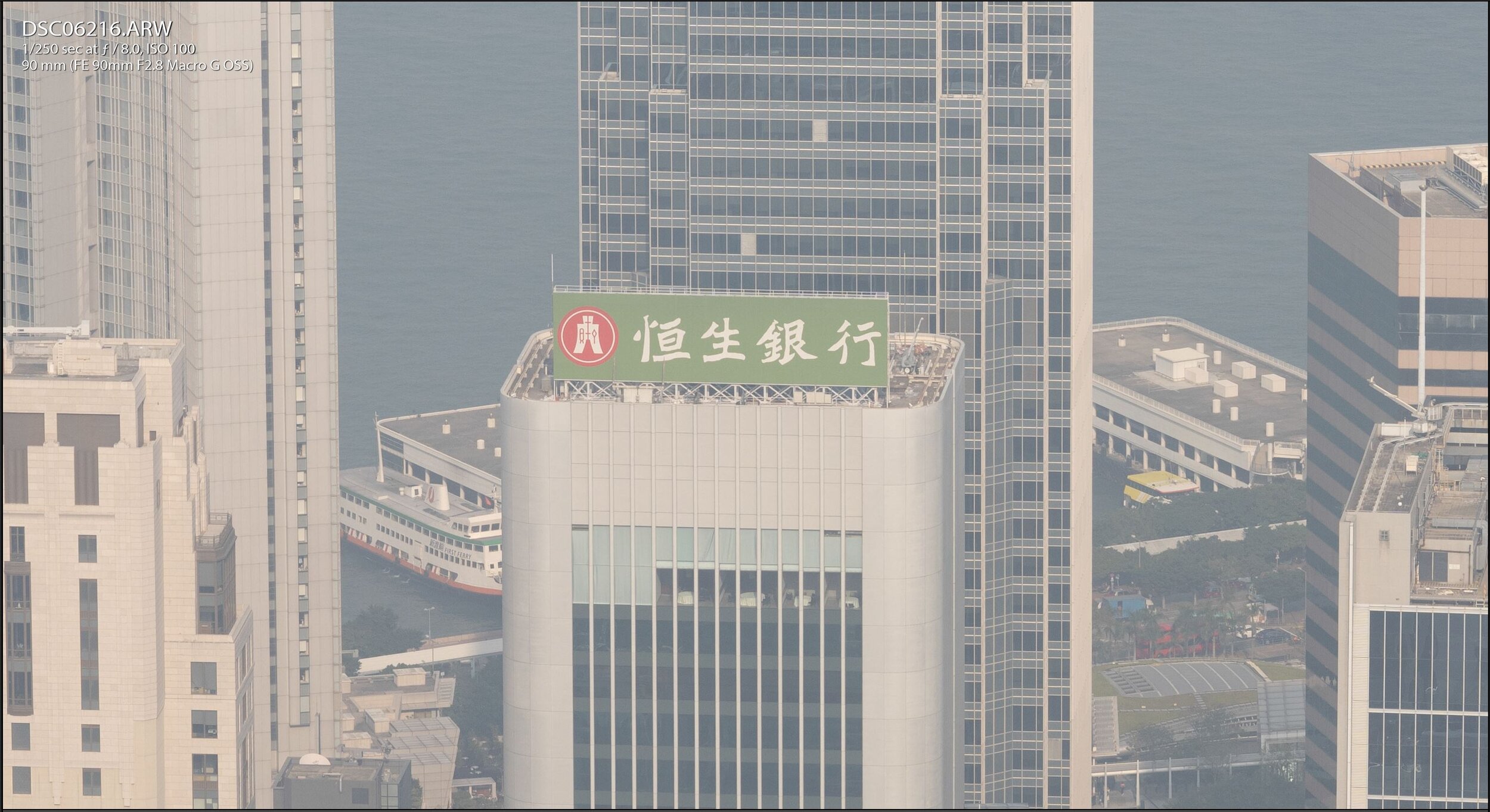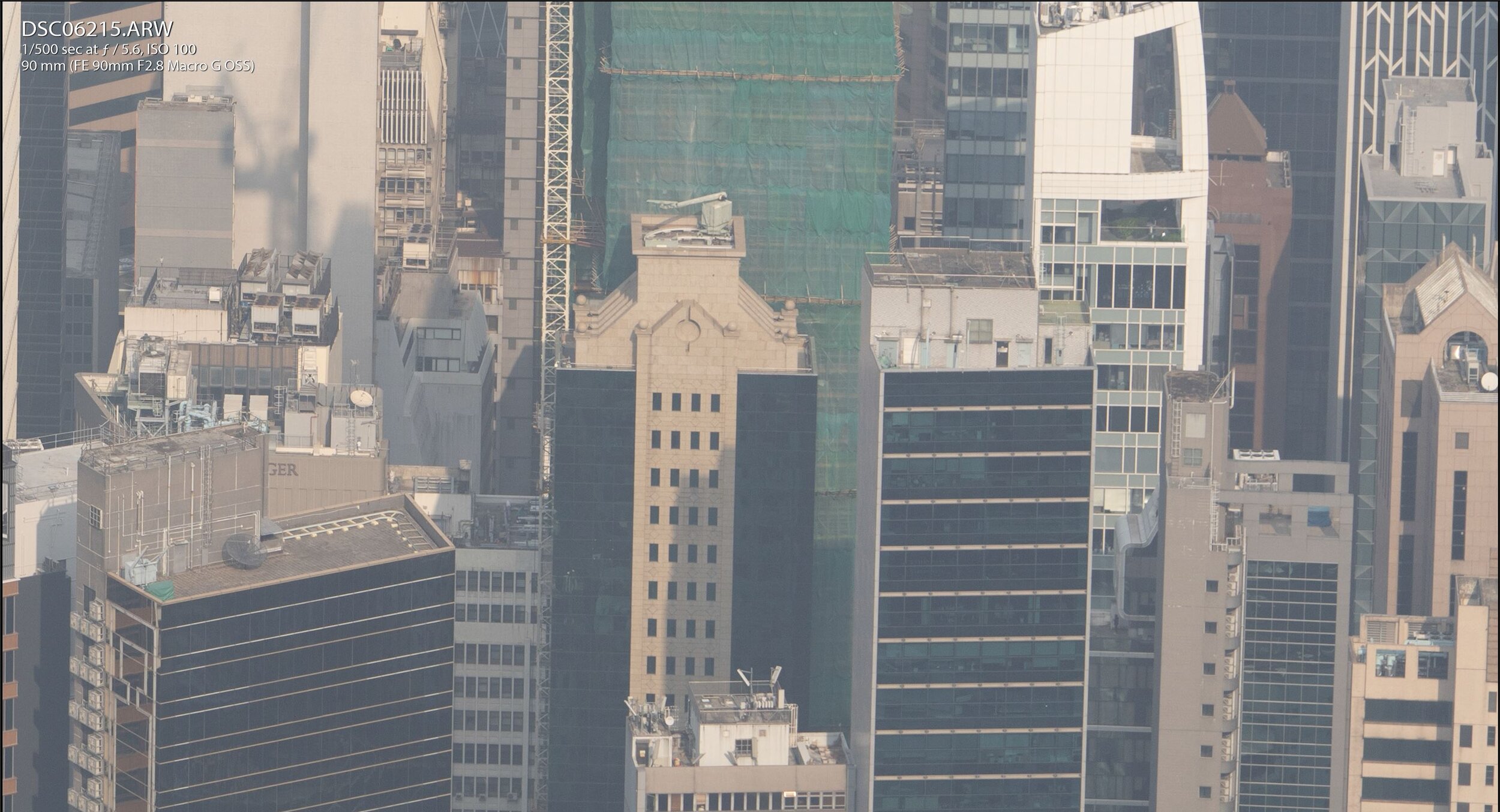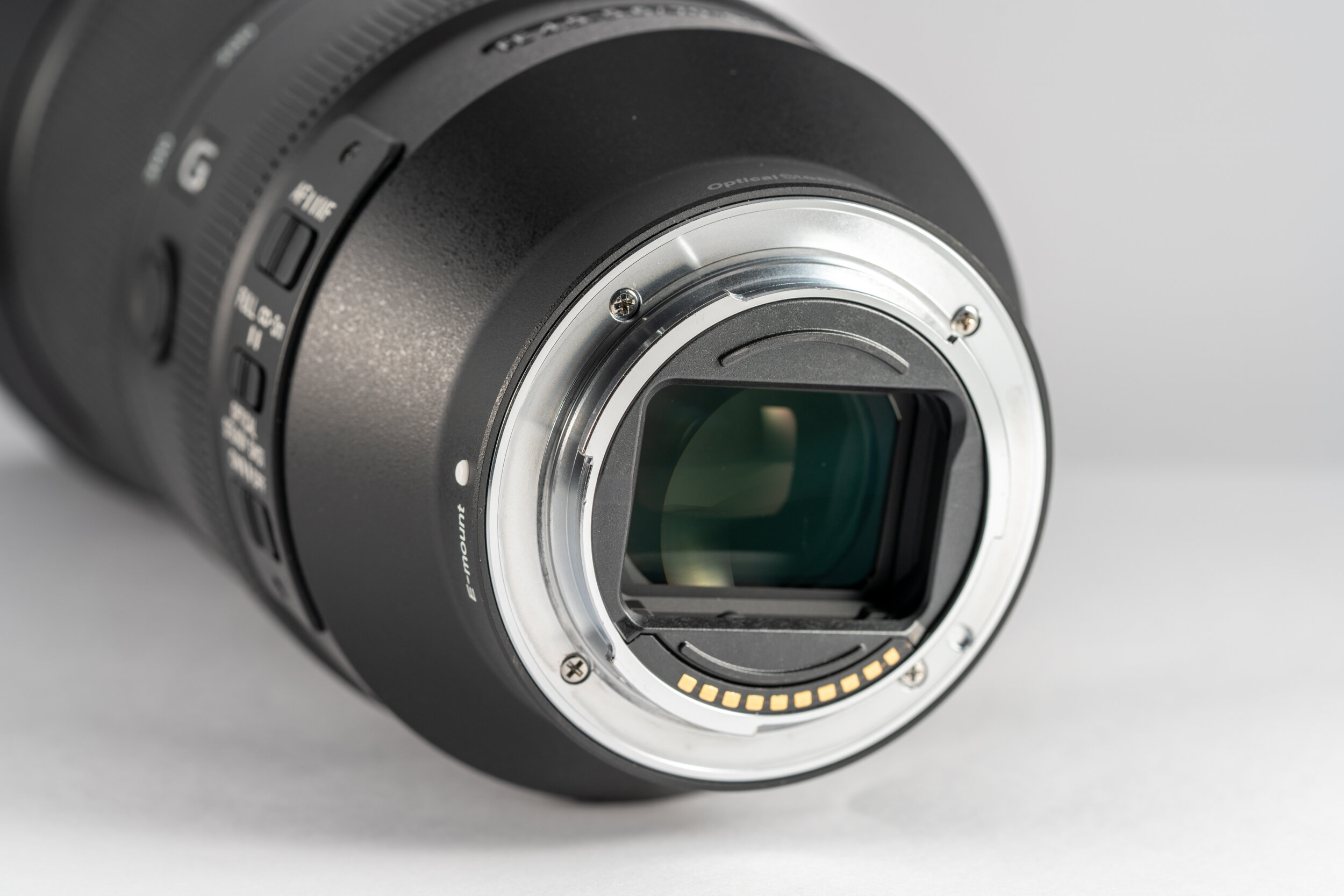Sony FE 90mm F2.8 Macro G OSS Review
SEL90M28
Sony FE 90mm F2.8 Macro G OSS (SEL90M28G)
Announced- Mar 2015
Pro
Autofocus with 1:1 macro ability
Comfortable Size and Weight
Push/Pull focus ring
Con
Soft at the corner
Whiny/noisy autofocus in AF-C
What’s included
There is the lens, hood, caps, manuals, and a soft carrying case in the box.
Body
The lens body is 131mm long x 79mm in diameter, weight at 602g. It takes a 62mm filter at the front, and is not compatible with Sony’s 1.4x and 2.0x teleconverter.
There is a bunch of controls on the side. At the front is the zoom ring, then focus hold, focus ring, then a bunch of controls. Then there is a panel of switches closer to the body. Top is the focus mode switch, focus range limiter, and steady shot switch at the bottom. There is a lock button on the side that can be used to prevent zoom creep.
The lens is nicely built overall, but there is no rubber gasket like the GM series lens.
Image Quality
This lens is a true macro, can do 1:1 with minimum focus distance at 28cm. Above is a photo of SD card (32mm x 24mm) shot on a A7R3 which has a (36mm x 24mm) sensor. This lens is really sharp. All the dusts, sparkles in the plastic, and the printed letters textures can be clearly be seen.
Below is 1:1 comparison on different apertures, and these are shot on the Sony A7R4. First, let’s look at the center:
The lens is sharp at the center, even at f/2.8. It gets better as the aperture is stepped down, with no noticeable difference between f/5.6 and f/8. Next, onto the corners:
The corner is a soft at f/2.8, and improves as the aperture is stepped down. At f/5.6 is very good, but f/8 has more textures on the building walls.
Conclusion
The 90mm macro is an excellent lens, and should be considered if you are interested to shoot macro photography. Its focal length provides a good working distance for shooting macro and products. In fact, it is what I use to shoot most of the product shots on the website. The build quality is great, and the size/weight is reasonable to bring around. The push/pull focusing ring is an interesting design that is practical as well.
It offers great image quality, and is really sharp in the center. I am a bit surprised at the soft corner at f/2.8, as this is often mentioned as one of the sharpest lens on Sony E mount. However, macro often requires stepping down the lens to get enough depth of field anyway, so this is not an issue.The focus speed is acceptable, and using the focal limiter helps on it as well. One thing to watch out for is the focus motor makes loud whiny noise when in AF-C.
There are other macro options on the market, but they are all manual focus lens. The 90mm Macro having autofocus makes it a more versatile lens for day to day shooting as well. However, I would not recommend buying this unless you really need a macro lens. I will review the Sony 85mm F1.8, and do a comparison between the two to explain why.

